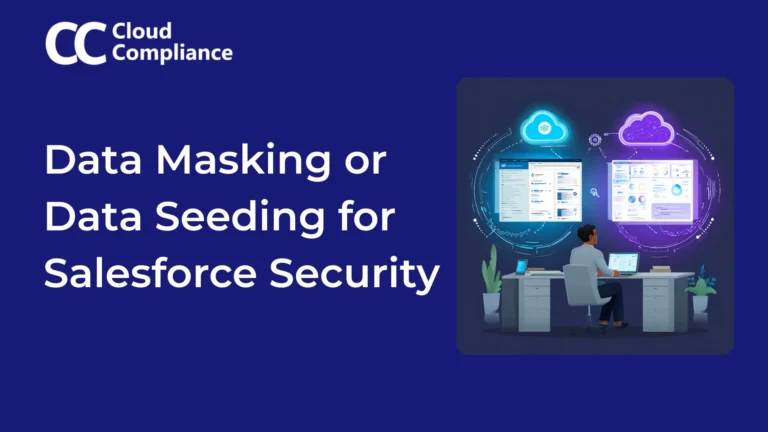
Data Masking vs Data Seeding in Salesforce: Which Approach Actually Protects Your Sensitive Data?
Data masking vs data seeding: Which approach keeps your Salesforce sandbox secure while enabling development teams?
Marathon runners obsess over their socks and shoes – because to outdo their past performance, they need to take advantage of everything at their disposal.
Successfully transforming your enterprise with Salesforce needs the same mindset.
"Don't plan for the future until you have removed and unpacked the baggage on your back."
Charles F Glassman
In our last survey, 90% of respondents said their Salesforce has obsolete data.
That is a staggering number – and it is coming from organizations of all sizes. (Read about the cost of obsolete data here)
So, what benefits does reducing obsolete data get your organization?
#1. Faster feature delivery, more relevant reporting, and improved user adoption (instead of -> Reduced agility, poor reporting, and usage!)
Imagine browsing through 5 records vs. 50 for account planning and support. Put simply, that is what makes everything faster!
Obsolete data reduction simplifies business processes, tunes-up Salesforce sandbox refreshes – that happen quicker, and lets your reporting runs better and with more relevant data, thus improving user adoption.
#2. Reduced data security risks, storage cost, and technical debt
Every obsolete record creates a multiplier effect when replicated across sandboxes and other environments. Similarly, reducing obsolete data pays dividend with a multiplier effect.
Save on the invisible ‘obsolete data tax’ that burdens your Org storage, data security, data masking, archiving and back-ups.
Limit data in production and directly reduce Org complexity as well, as there are lesser data related business and technical issues to deal with.
#3. Reduced risk and embarrassment of non-compliance and legal risks
By 2023, 65% of the World’s Population Will Have Its Personal Data Covered Under Modern Privacy Regulations.
Gartner
Data Minimization and Retention is a legal requirement under a number of privacy laws – and reducing obsolete data is the consequence of good minimization and retention practices.
Safeguard your organization from fines and embarrassment due to accidental emails and other outreach to people whose data your organization has no lawful basis to keep.
Essentially, keeping your Salesforce org compliant means that downstream systems such as Marketing Cloud, Pardot, Marketo, Eloqua, Mailchimp etc. are also not storing and processing obsolete data.
#4. Build brand trust and deepen customer relationships
Disney, Sony, Paypal, Apple, Google, Salesforce and every other trusted brand understands that the more they think from their customer’s point of view, the larger their market share and premium will be.
By continuing to be custodian of customer’s data in Salesforce and other systems, your organization builds the unassailable competitive advantage of brand value and customer loyalty.
Data reduction in Salesforce offers a surprising ROI on brand value, cost and risk reduction, legal and compliance safeguards and better use of your tech investments.
In this article, we covered the benefits of reducing obsolete data in your Salesforce Org.
Follow our company page for notifications about our next article, which will highlight the mechanisms for reducing obsolete data in your Salesforce instance.
Download a copy of our data reduction framework

Saurabh is an Enterprise Architect and seasoned entrepreneur spearheading a Salesforce security and AI startup with inventive contributions recognized by a patent.

Data masking vs data seeding: Which approach keeps your Salesforce sandbox secure while enabling development teams?
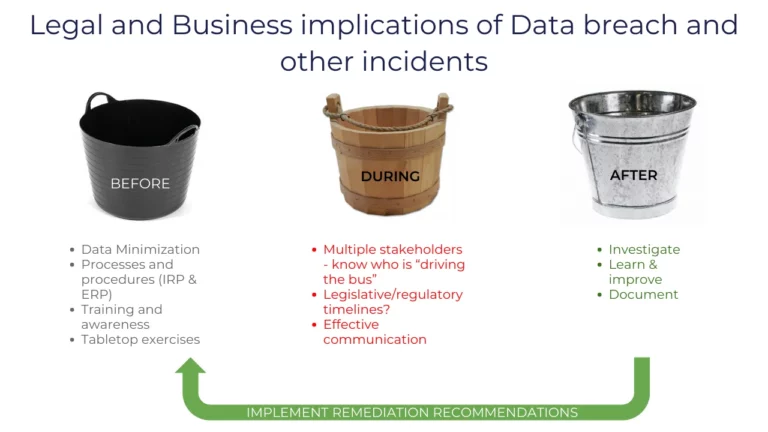
Because in the realm of data security, especially concerning Salesforce, understanding the holistic approach to data protection is not just beneficial – it’s essential.

Explores how data masking is key to strengthening your Salesforce security.
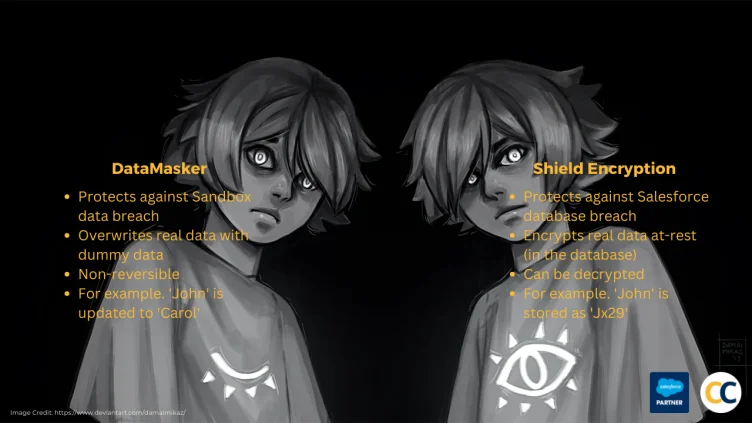
Table of Contents Salesforce provides businesses with the ability to protect their data from unauthorized access, both through Salesforce Shield Encryption and Sandbox Data Masking with DataMasker.

Disclaimer: To all readers, please note that this not legal advice, nor is this coming from Salesforce. This is strictly my personal opinion and perspective
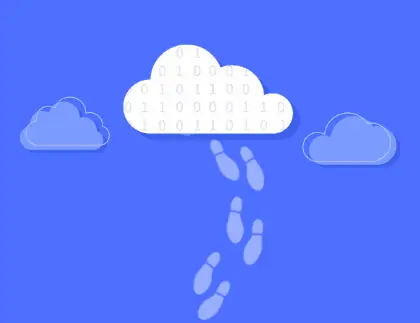
Reducing Salesforce data footprint directly reduces the cost and risks of potential data leaks and embarrassment, as well as benefits your organization. Here are

We earlier talked about reducing production data. The third step to reducing data in your Salesforce org is to define retention policies. The idea here
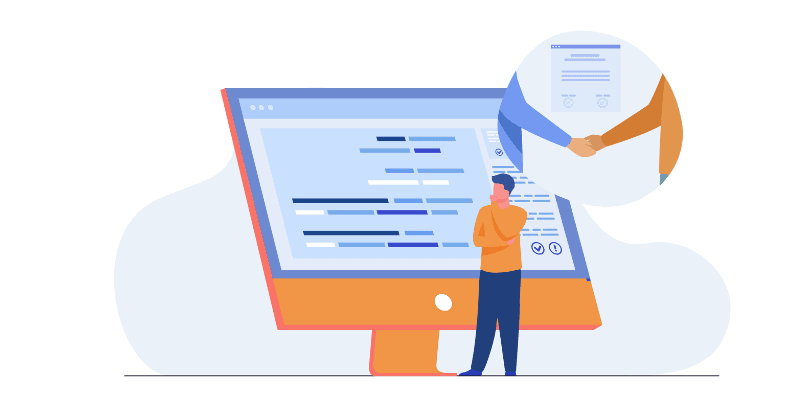
We talked earlier about masking sandboxes. The second step is to reduce production data. The idea here is that obsolete information in your Salesforce production

Why should you mask data in Salesforce and what kind of data should you be masking to ensure security, compliance and trust. Let’s take